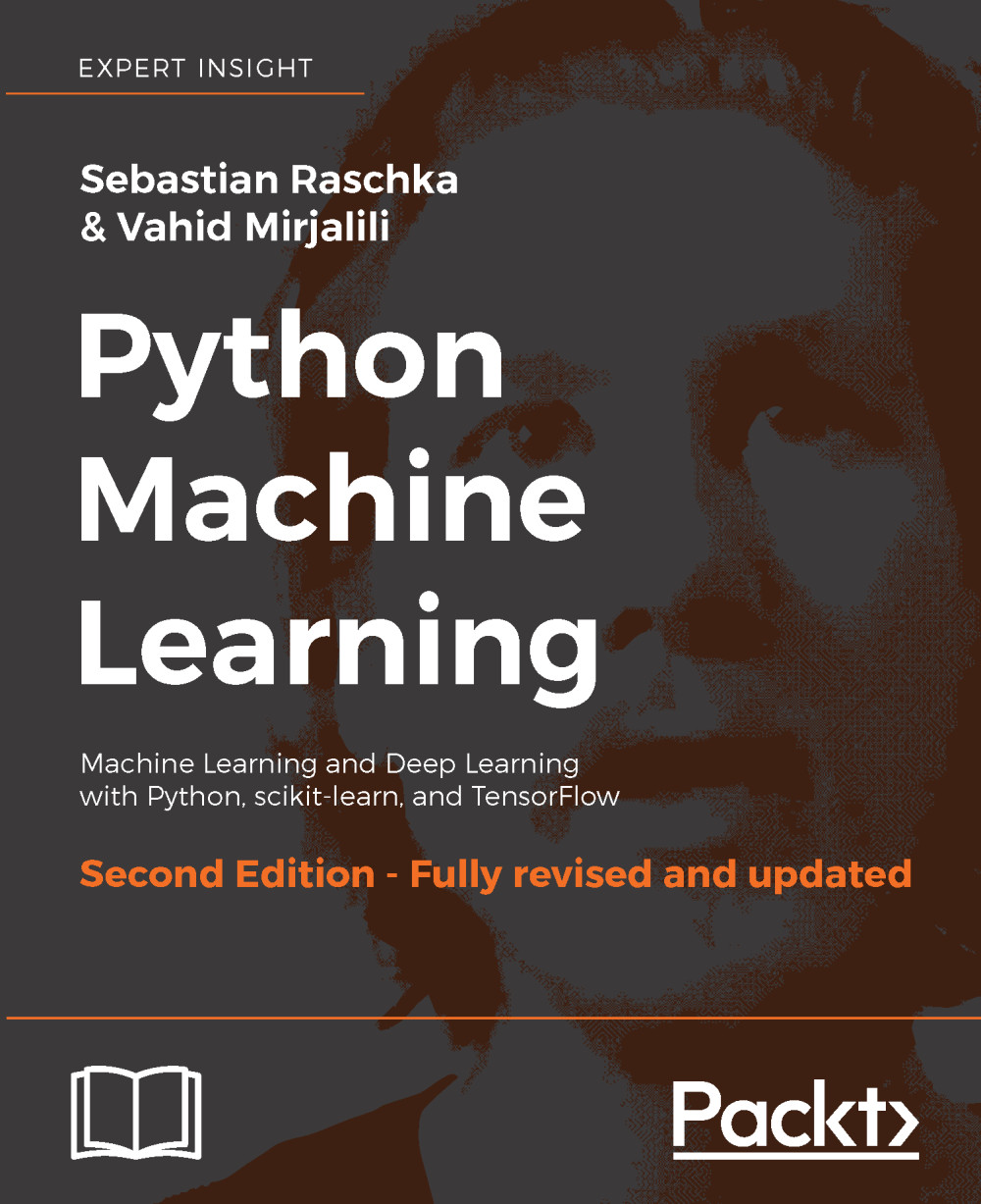Summary
In this chapter, you learned about many different machine learning algorithms that are used to tackle linear and nonlinear problems. We have seen that decision trees are particularly attractive if we care about interpretability. Logistic regression is not only a useful model for online learning via stochastic gradient descent, but also allows us to predict the probability of a particular event. Although support vector machines are powerful linear models that can be extended to nonlinear problems via the kernel trick, they have many parameters that have to be tuned in order to make good predictions. In contrast, ensemble methods such as random forests don't require much parameter tuning and don't overfit as easily as decision trees, which makes them attractive models for many practical problem domains. The KNN classifier offers an alternative approach to classification via lazy learning that allows us to make predictions without any model training, but with a more computationally...







































































